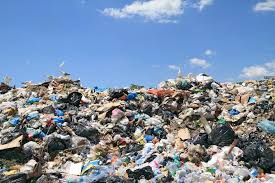Hazardous wastes, when not properly managed, can threaten human, animal, and environmental health. The Environmental Protection Agency describes hazardous waste as possessing at least one of the following four characteristics:
Ignitability: Wastes that can easily catch fire, such as liquid wastes with flash points below 60°C, non-liquids that may cause fire in specific conditions, and ignitable compressed gases and oxidizers.
Corrosivity: Liquid waste with pH of less than or equal to 2 or greater than or equal to 12.5. Also applies to wastes that have the ability to corrode steel.
Reactivity: Waste which can easily explode. May be unstable under normal conditions or may react to water or heat.
Toxicity: Poisonous wastes that are harmful when absorbed or ingested. Toxic wastes may be able to leach out and pollute groundwater.
Read Also : Types of Wastes: Solid Waste, Liquid Waste and Gaseous Waste
Household hazardous waste is found in virtually every home and include items such as; Compact Fluorescent Lights, fluorescent tubes, batteries, cleaners, paints and solvents, car and garage products, personal care products, medications, household cleaning products, pesticides, and lawn care products (City of Toronto, n.d).
Given their ubiquity, municipalities across Ontario estimate the average home uses between 10 and 40 kg of hazardous materials per year (City of Guelph, 2019).

Corrosive Flammable Explosive Poison
Household hazardous wastes should never be disposed of with residential curbside waste as these materials may require special treatment or storage and can present a health risk to waste facility employees.
Many cities and municipalities provide services and programs for individuals to properly dispose of their household hazardous items either through pick-up or drop-off programs.

